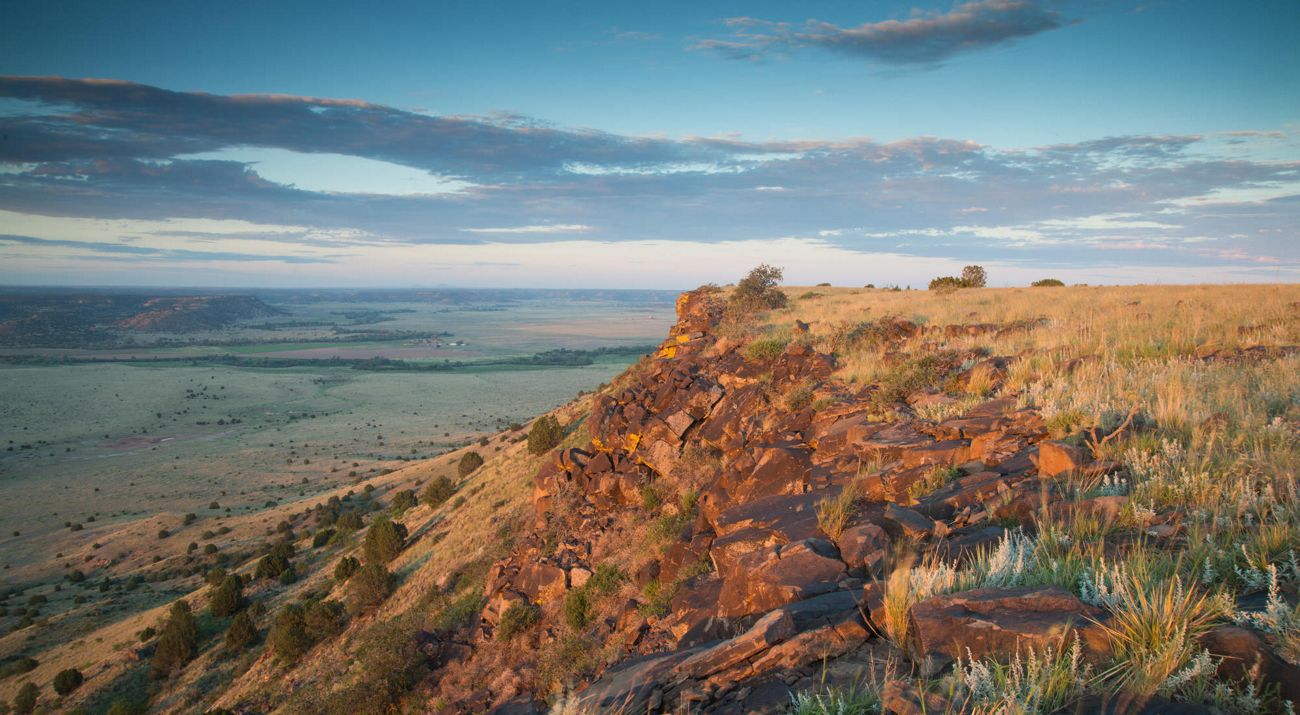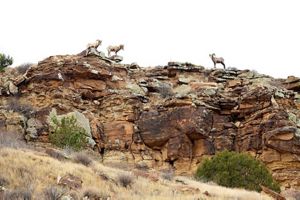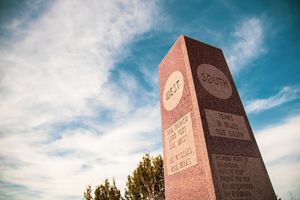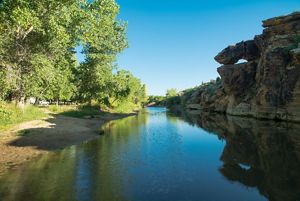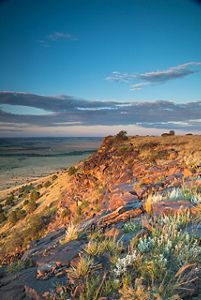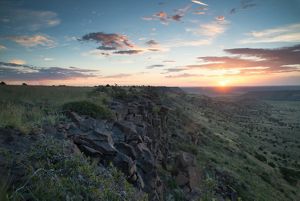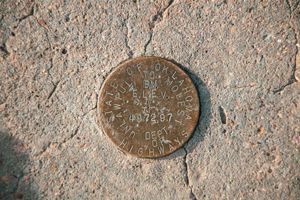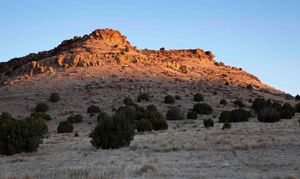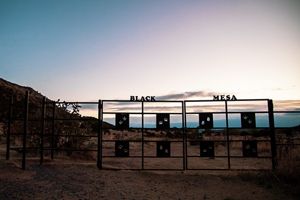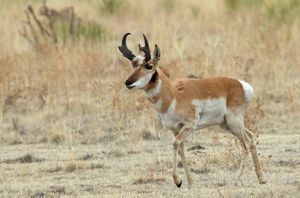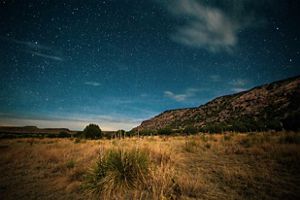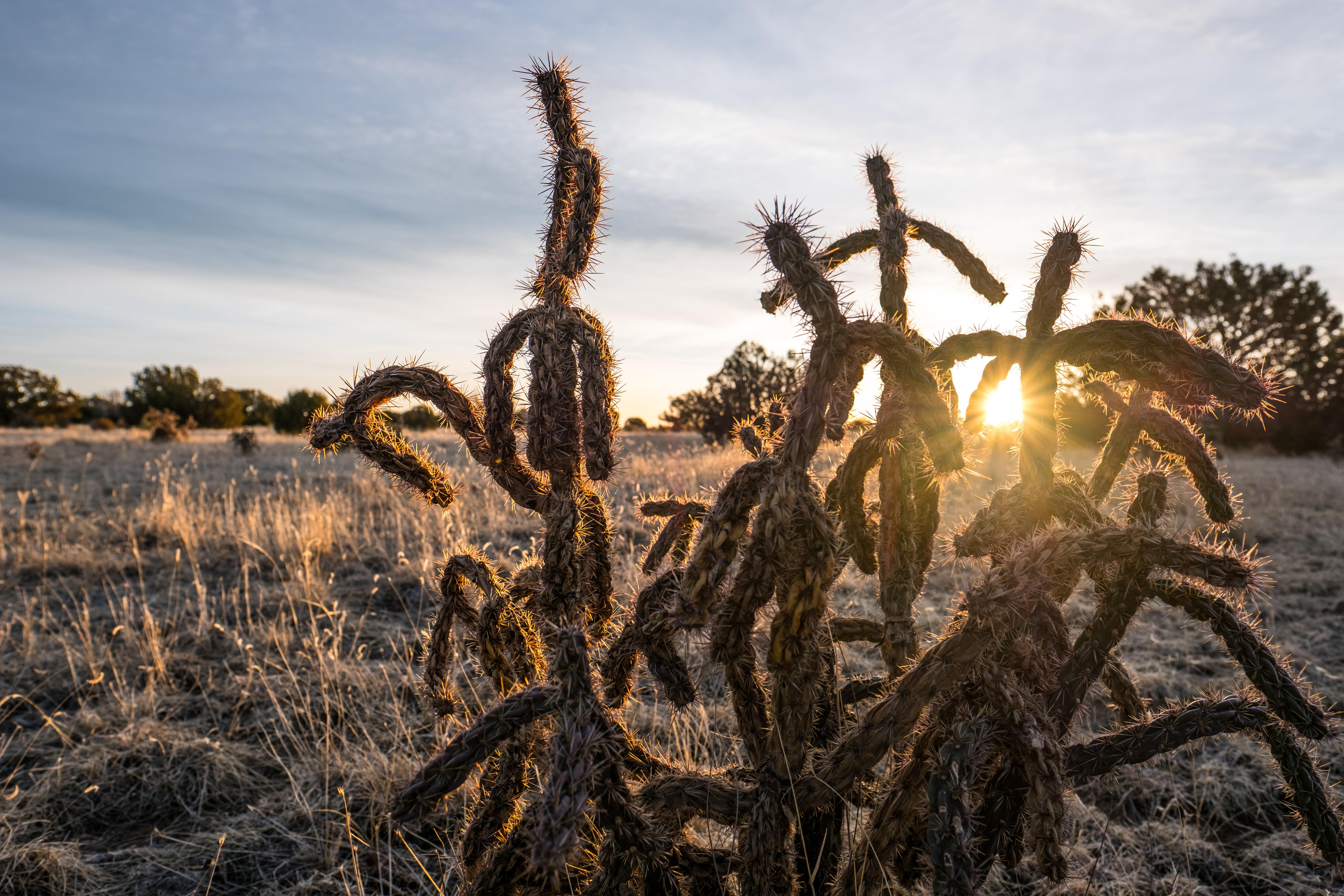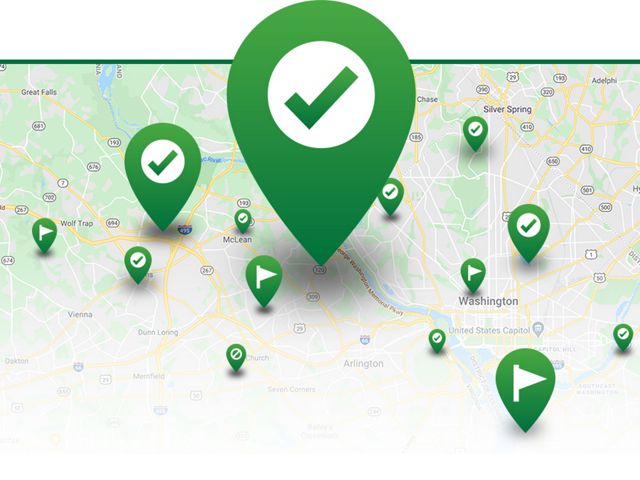Description
Black Mesa State Park and Nature Preserve is located in Oklahoma's panhandle along the tri-state border with Colorado, New Mexico and Texas. Black Mesa takes its name from the layer of black lava rock that coated the mesa about 30 million years ago. Visitors to the preserve can hike to the top of the plateau, Oklahoma's highest point at 4,973 feet above sea level.
The Black Mesa area supports 31 state rare species; 23 plants and eight animals. Here, the Rocky Mountains meet the shortgrass prairie, a unique area where many species are at the easternmost or westernmost portions of their range.
Black Mesa is a birder's paradise any time of the year. Golden eagles, scaled quail, black-billed magpies and pinyon jays are just a few of the birds that may be observed. Black bear, bobcat, mountain lion, mule deer, bighorn sheep and antelope are some of the mammals you might also spot while hiking around.
Dark Night Sky
In addition to being an excellent location for wildlife watching, Black Mesa boasts some of the darkest nighttime skies on publicly accessible land in the country. The dark skies draw countless astronomy enthusiasts every year for ideal star gazing conditions, most especially, in August when the annual Perseid meteor shower is visible.
